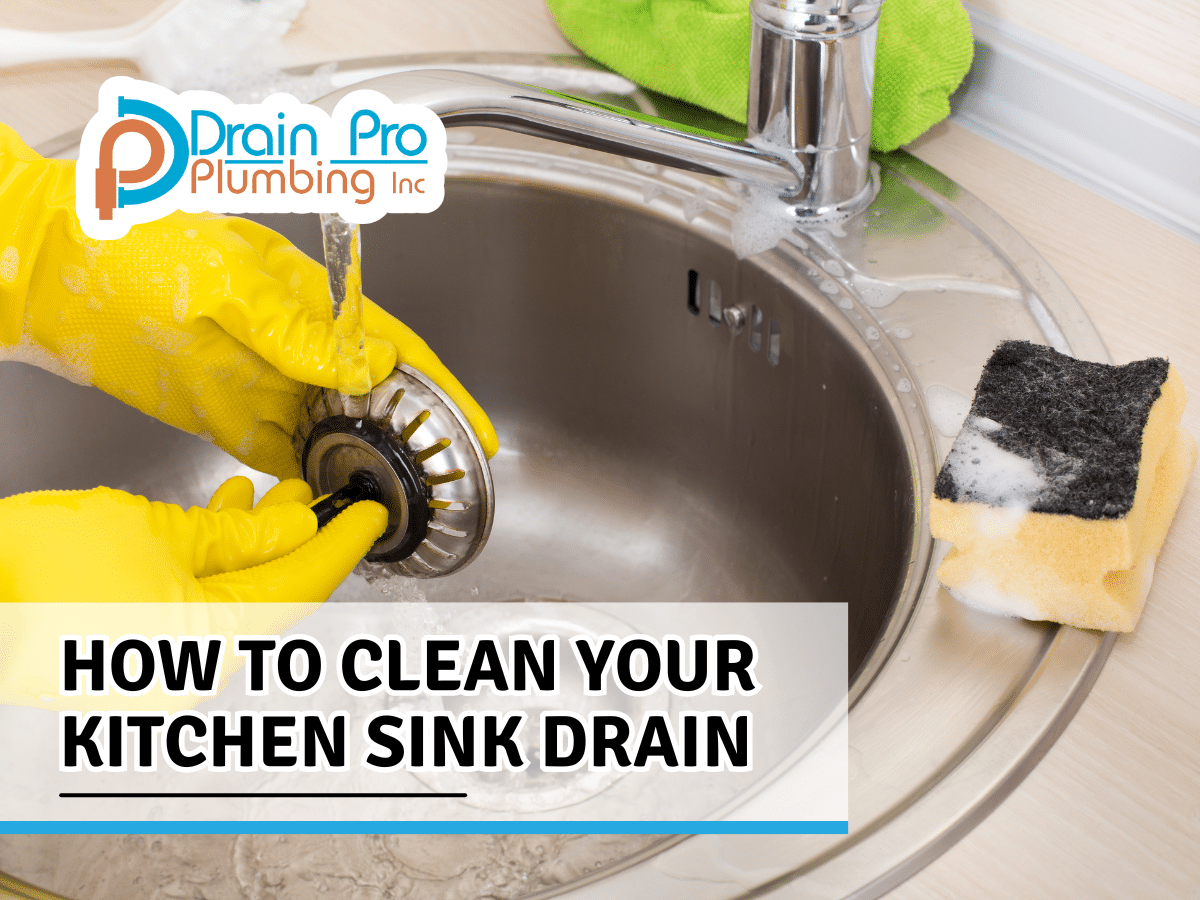
How to Clean Your Kitchen Sink Drain: A Step-by-Step Guide
A clean kitchen sink drain is essential for maintaining a healthy and efficient kitchen. Over time, food particles, grease, and other debris can accumulate, leading to clogs and unpleasant odors. Fortunately, with a few simple steps, you can keep your kitchen sink drain clean and free-flowing. Here’s a comprehensive guide from Drain Pro Plumbing & Septic on how to clean your kitchen sink drain effectively.
Cleaning Your Kitchen Sink Drain
Step 1: Gather Your Supplies
Before you begin, make sure you have the following items on hand:
- Baking soda
- White vinegar
- Boiling water
- Dish soap
- A sink plunger
- A drain snake
- Rubber gloves
Step 2: Remove Debris from the Sink
Clear any visible debris from the sink. This includes food particles, grease, and anything else that might be clogging the drain. Wearing rubber gloves can help protect your hands from any sharp objects or grime.
Step 3: Use Boiling Water
Boil a kettle or pot of water. Carefully pour the boiling water down the drain in a slow, steady stream. Boiling water helps to dissolve and wash away grease and other substances that might be causing the clog.
Step 4: Apply Baking Soda and Vinegar
Pour about half a cup of baking soda down the drain, followed by one cup of white vinegar. The combination of baking soda and vinegar will create a fizzy reaction that helps to break down any remaining debris in the drain. Let this mixture sit for about 15 minutes.
Step 5: Flush Drains with Boiling Water
After the baking soda and vinegar mixture has had time to work, pour another kettle or pot of boiling water down the drain to flush away the loosened debris.
Step 6: Use a Plunger
If your sink is still draining slowly, try using a sink plunger. Place the plunger over the drain and create a seal. Push and pull the plunger vigorously for about 20 seconds to help dislodge any remaining clogs.
Step 7: Check for Deeper Clogs
If the drain is still clogged, it may be necessary to check for deeper clogs. Straighten a wire hanger or use a drain snake and carefully insert it into the drain. Gently maneuver it around to break up and remove any blockages.
Step 8: Clean the Drain Stopper
Don’t forget to clean the drain stopper. Remove it and wash it thoroughly with dish soap and hot water. Debris can often accumulate on the stopper, contributing to clogs.
Step 9: Prevent Future Clogs
To keep your kitchen sink drain clean and free-flowing, follow these preventive tips:
- Avoid pouring grease or oil down the drain.
- Use a sink strainer to catch food particles and debris.
- Regularly flush the drain with boiling water.
- Clean the drain stopper regularly.
Step 10: Call A Professional Drain Cleaner
If you’ve tried all the above steps and are still dealing with a slow draining sink, it might be time to call in the professionals. Drain Pro plumbing is a tried and true expert when it comes to drain clearing, and we would be happy to help you fix your kitchen sink.
Regularly cleaning your kitchen sink drain is a simple yet effective way to prevent clogs and maintain a healthy kitchen environment. By following these steps, you can keep your drain clean and avoid the hassle of dealing with stubborn clogs. If you encounter persistent issues or need professional assistance, don’t hesitate to contact Drain Pro Plumbing & Septic. Our experienced team is here to help with all your plumbing and septic needs. For more tips and expert advice, visit our blog or contact us directly. Happy cleaning!


